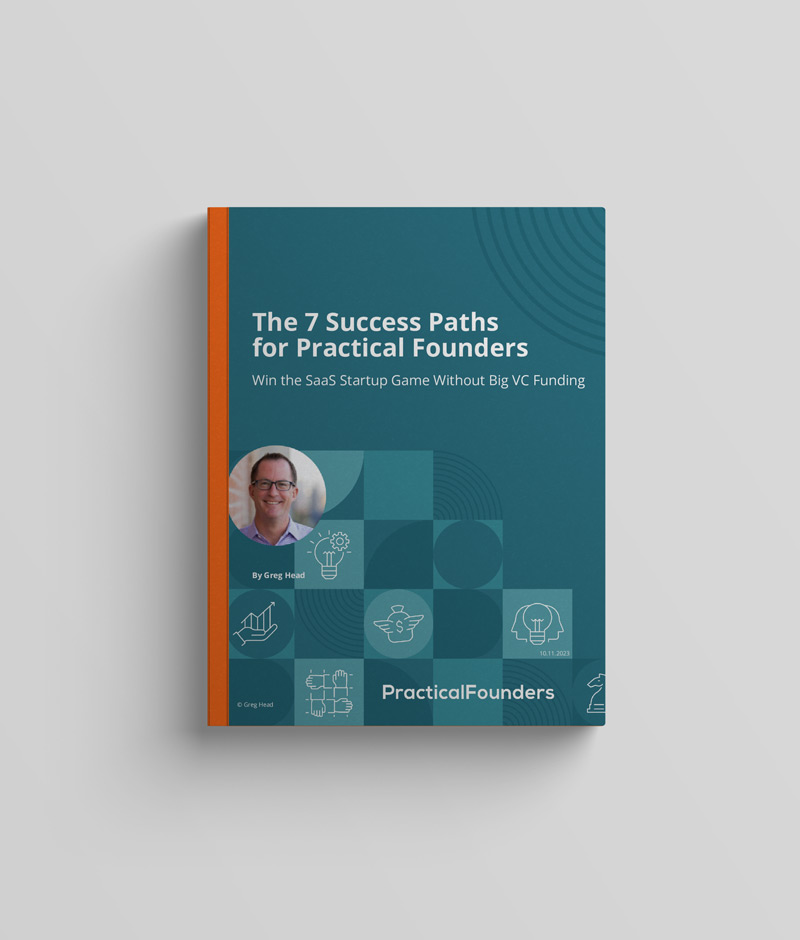The SaaS business model keeps getting better while the VC business model is getting worse. They are headed in opposite directions.
The SaaS business model is one of the best business models in 100 years. It’s great for founders, customers, and employees.
The VC business model is great for the VC firms themselves, but it’s not good for most of the founders they invest in.
And it hasn’t been great for most LP investors who fund them lately.
Here’s why I think the SaaS and VC business models have been headed in opposite directions in the last 5 years:
The SaaS business model:
- Recurring revenues have high incentives for SaaS companies to provide great value to customers to keep 80-120% of customer revenue coming back next year. Win-win.
- Every month that you sell more customers than you lose, you are growing your business. It’s a flywheel business that can be slow to start and hard to push too fast. But then it’s hard to kill and often easy to fix.
- You can build a sellable SaaS product for $100K-$500K and get revenues going, so you don’t need big funding to start. Software companies have high gross margins, so you can self-invest to grow faster if you have an efficient customer acquisition channel.
- Unlike almost every other business, SaaS companies sell for multiples of revenue, not multiples of profit, even for smaller companies with $2M-$10M ARR. This is an amazing wealth-building machine for software founders who sell their companies or create big profits every year.
- The name of the game in SaaS is COMPOUNDING the flywheel. You can create a company worth $50M in 10 years with steady growth rates of 25% a year. Do that for 20 years and you have a very big and very valuable company.
The VC business model:
- Most big VCs have a “2 and 20” business model. They take 2% of their funds raised in management fees every year; they take 20% of the capital gains on their investor’s upside when a portfolio company is sold.
- The fastest way to get rich in VC funding is to double or triple your fund size with each new fund. Twice the fund size = twice the fees. This is the main reason fund sizes are huge compared to 10 or 20 years ago. A billion-dollar fund produces astronomical fees every year.
- Bigger funds mean VCs have to write bigger checks and make huge bets. VC with big funds can’t win unless their companies exit for $500M-$1B or more–in 7-ish years at the interest rates.
Big bets require big markets, crazy growth, and huge exits, which are very rare even in boom times. 90% of SaaS companies will never provide “big VC-scale” returns.
All of the VCs I talk to know their business model is under pressure now.
Some VCs will even say that it’s broken–unless their fund has stayed small and they have a strategic advantage to find the best deals.
The steady/healthy/efficient/compounding business machine of SaaS is in direct contradiction to the big funds/big fees/fast exit/power law game of big VCs.
What do you think?


